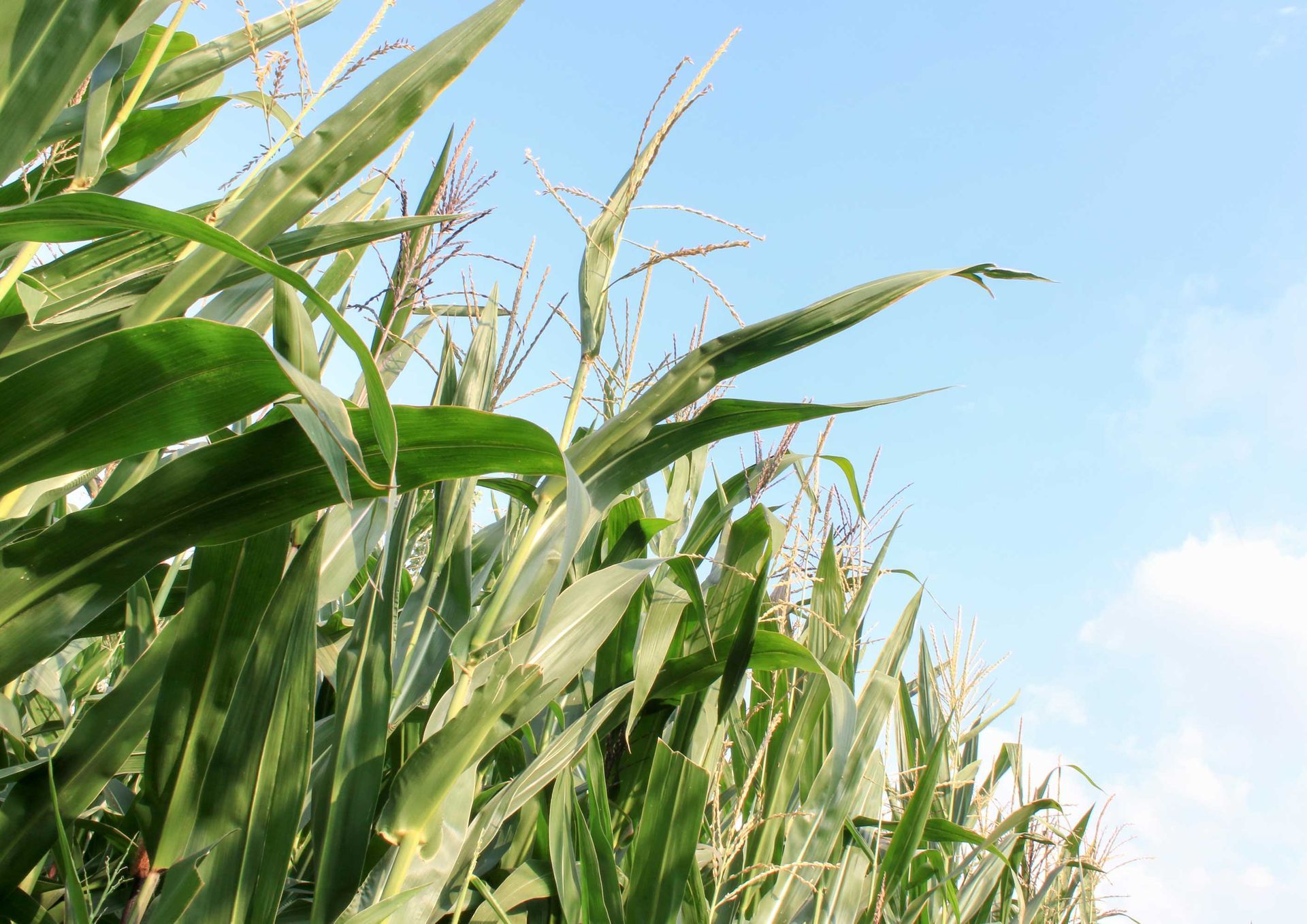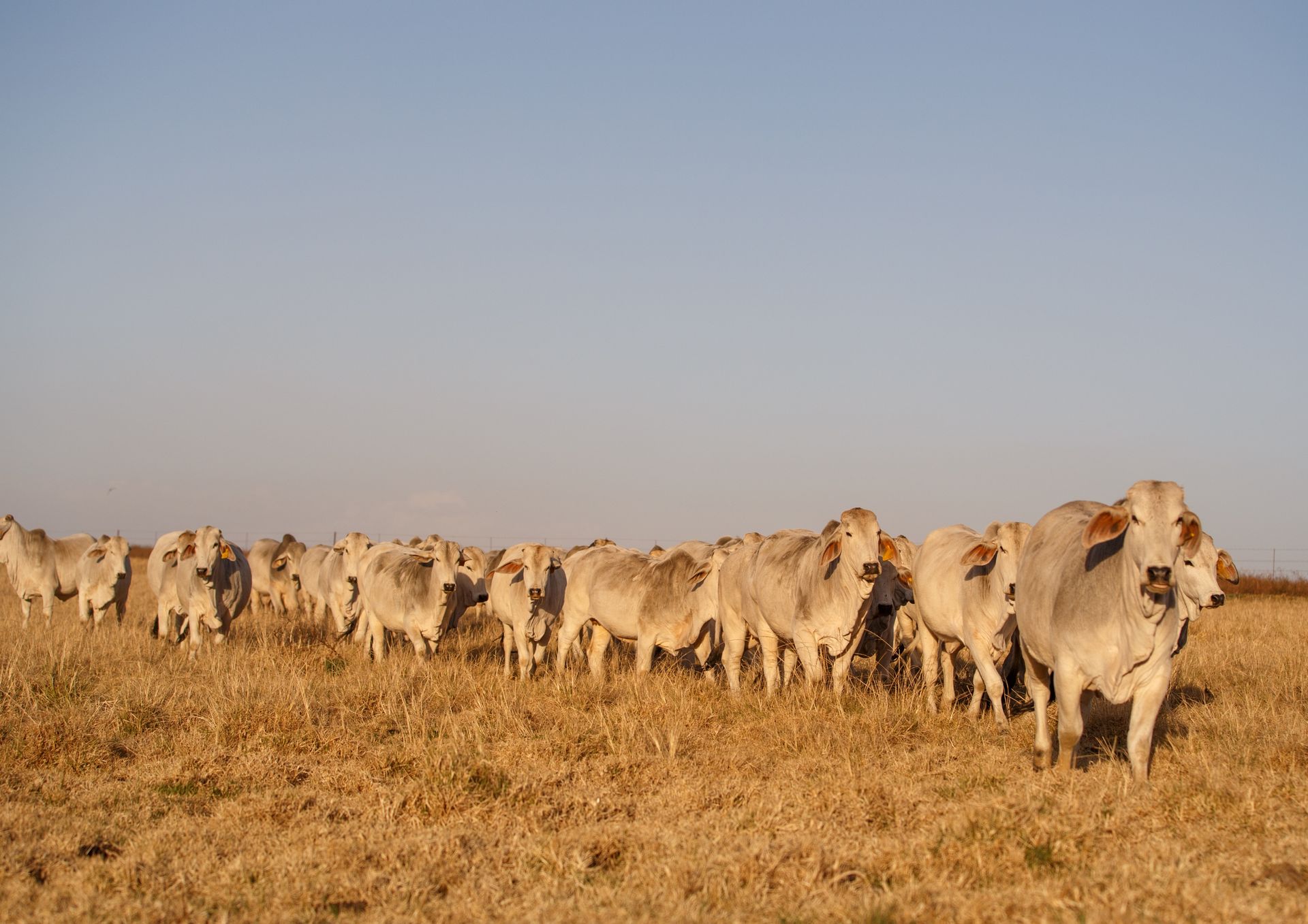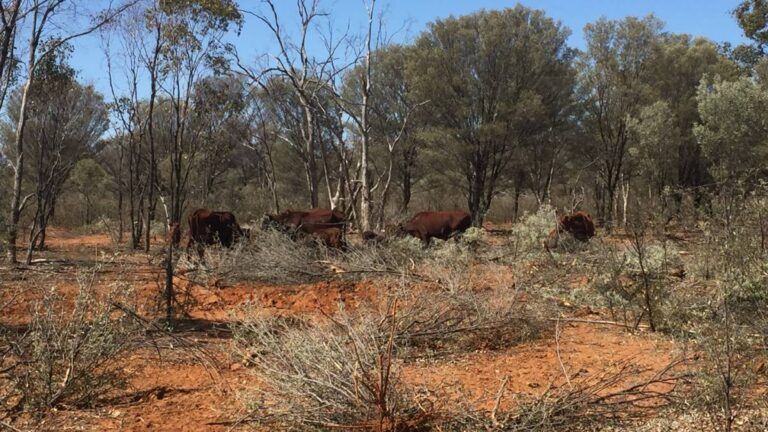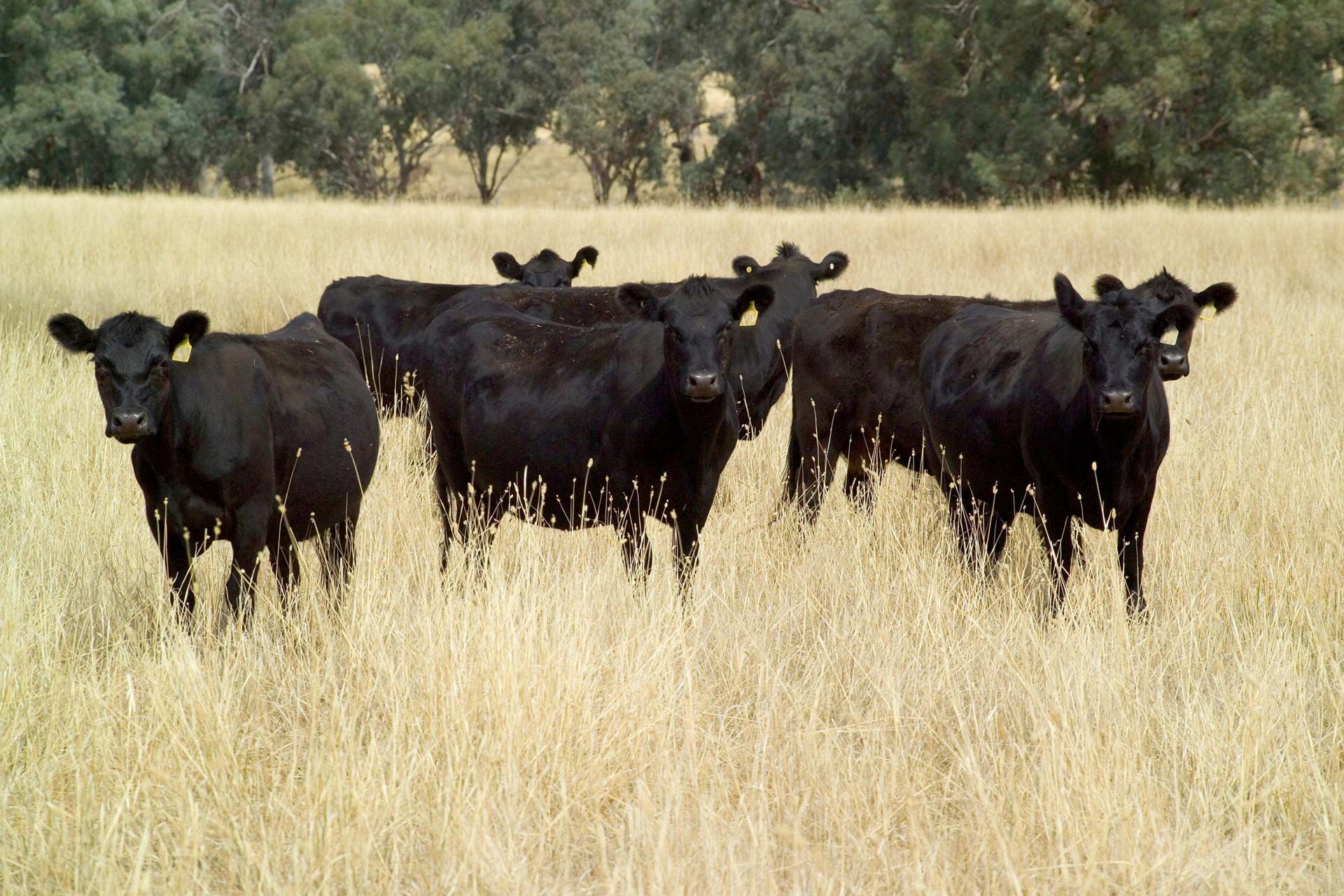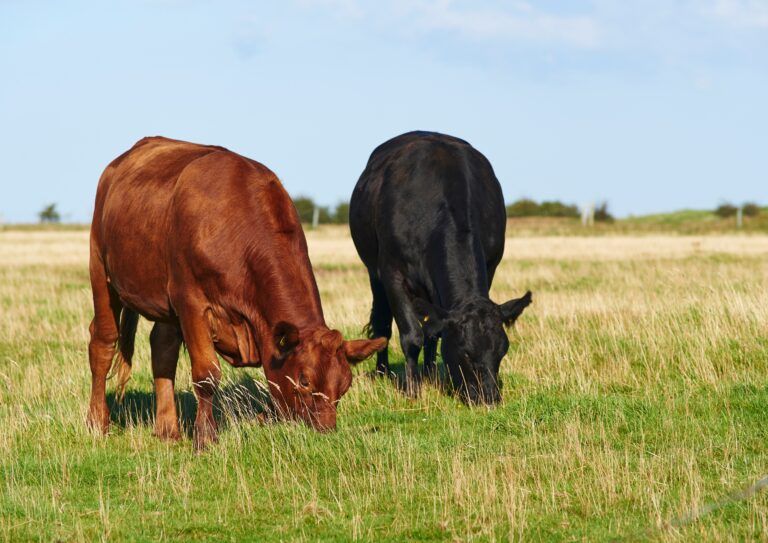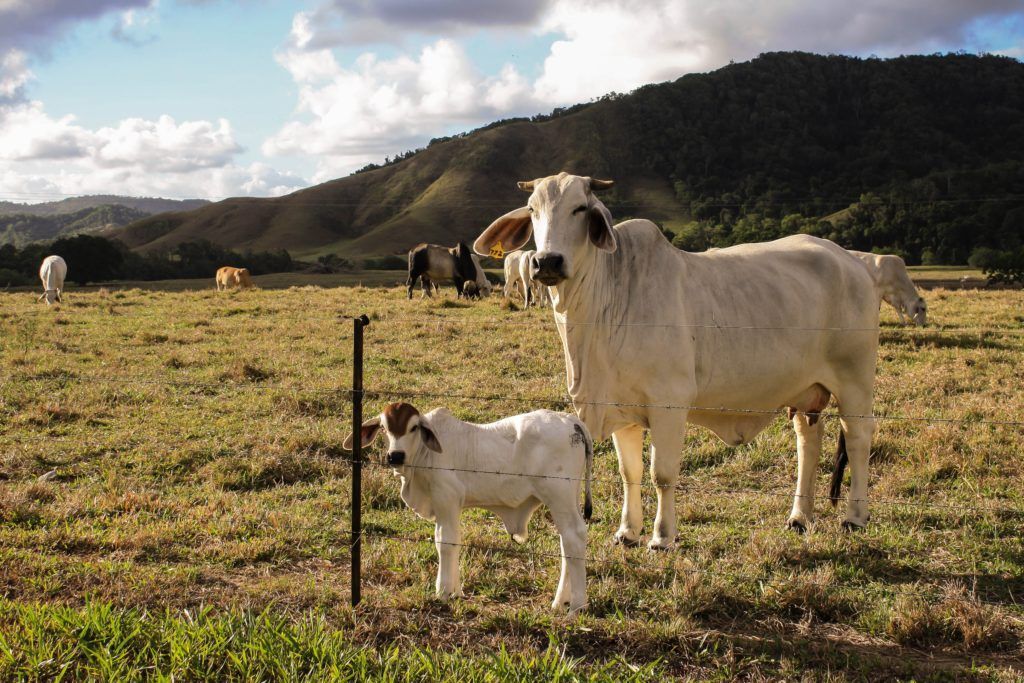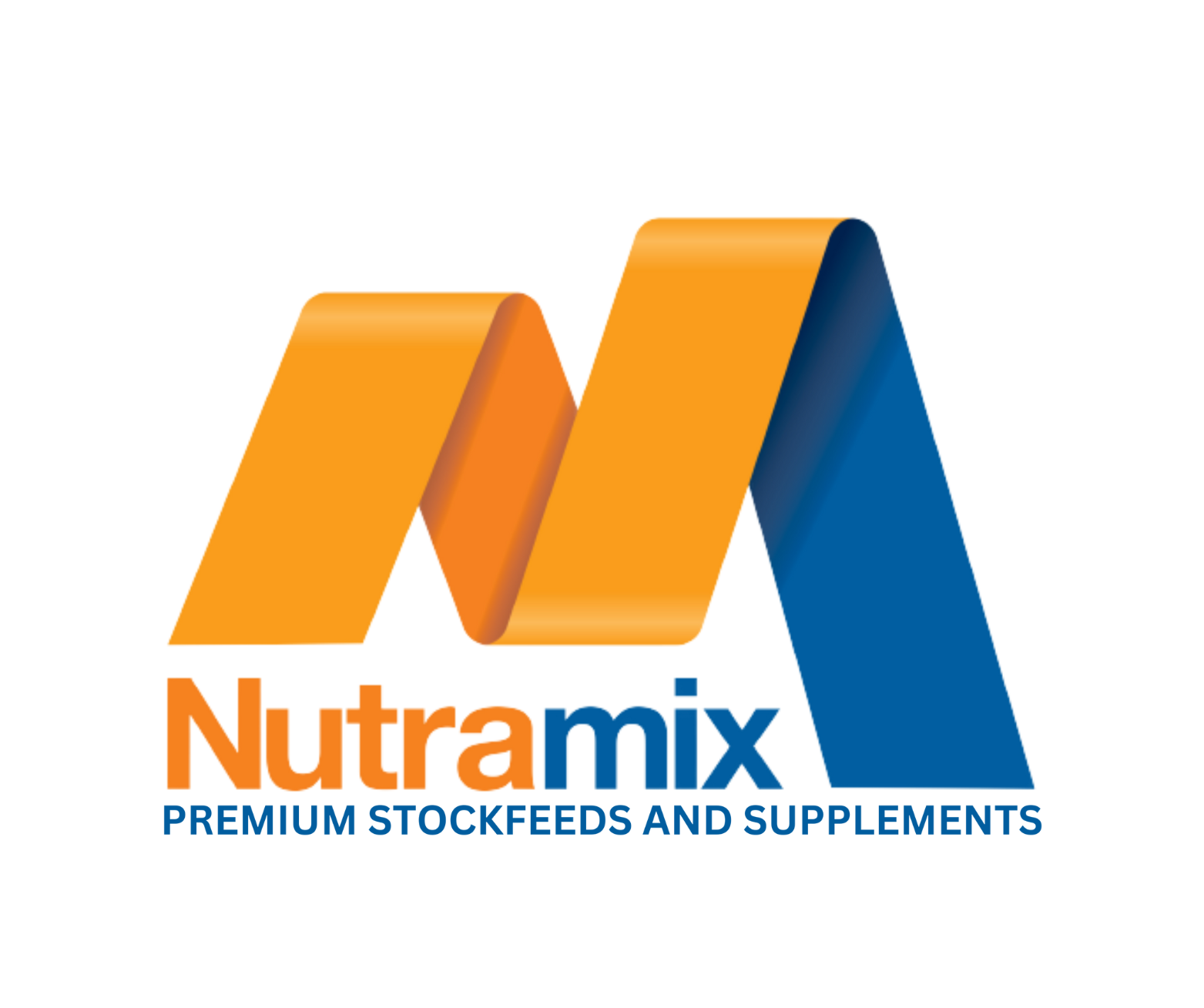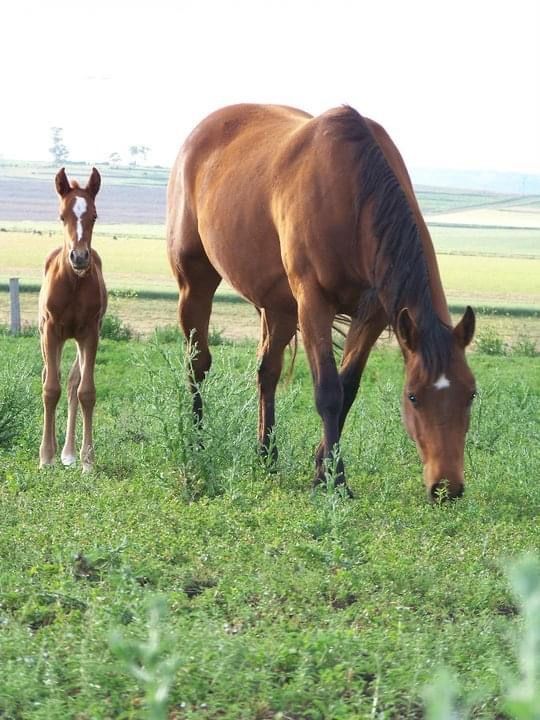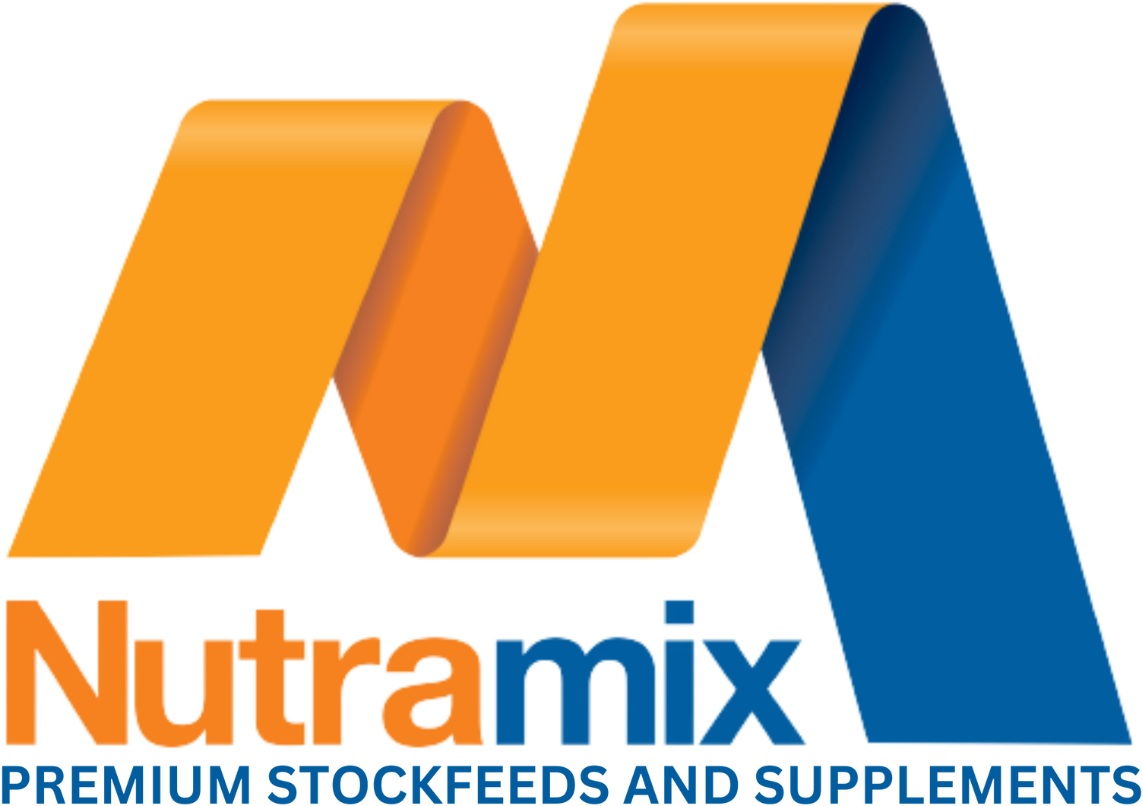Protein for Pastures
Widespread summer rainfall has created a great pasture base for many producers going into winter. While this pasture base allows our producers to reduce the need to purchase hay or substitute feed, the quality of the pasture in winter will decline and will become a limiting factor to production. Understanding that diet quality effects passage rate in the rumen and therefore pasture intake is key to creating an effective supplement program, particularly during winter.
Pasture quantity and quality are key drivers of production. As the winter months creep forward, nutrient density in pastures change, primarily associated with plant maturity. As grasses reach maturity, phase 4 or when seed head has lost all seeds, these plants are both low in protein and energy. During this time, it is important to assess grasses and provide stock with adequate protein and energy to prevent weight loss and maintain production.
As plants mature and become more lignified, they become harder to digest. Due to this reduction in digestibility of plants, the movement in the rumen in slower and ‘gut fill’ increases. As a result, the animal is unable to consume the required pasture intake to meet daily requirements. Typically, tropical grasses, during winter have a Crude protein and metabolisable energy level of 6% and 5 MJ respectively. At this level, cattle cannot consume enough pasture to meet requirements, with particular emphasis on breeding stock with higher maintenance requirements due to pregnancy or lactation.
Using supplements with high protein and mineral can allow cattle to digest dry pastures and provide supplementary protein for production.
Protein Supplementation
Protein supplements can improve the nutritional status of the cows by increasing digestibility and intake of low-quality forages and increase nutrient flow of protein from the rumen to the intestine. Supplying protein supplements to cattle provides a source of nitrogen and sulphur for the development of large populations of desirable rumen microbes. Protein fed to ruminants can be divided into two broad groups:
Rumen Degraded Protein (RDP) – Protein that is broken down in the rumen, by rumen microbes to form microbial protein. These microbes are subsequently flushed out of the rumen and are digested along with bypass protein lower in the digestive system.
Undegraded Dietary Protein (UDP) or Bypass protein – Protein that escapes breakdown in the rumen and is digested in the fourth stomach (abomasum) and small intestines similar to microbial protein.
Protein meals are great sources of rumen degradable protein, bypass protein and energy. Urea is also a great source of nitrogen; however, it contains no energy or bypass protein properties and is referred to as a non-protein nitrogen source. Urea is utilised with sulphur by rumen microbes to improve rumen function and supply a source of microbial protein.
It is important to note that with effective protein supplementation, animals can consume up to 30% more feed. This 30% increase in intake could mean the difference between losing weight and maintain weight. There is also an increased economic benefit to supplementation. Starting supplement programs early is a key factor in maintain weights over winter and avoiding the need for supplementary feeds such as hay or grain.
Top Tips for using Drylick
- Protein and urea supplements can be used to increase digestion in animals. A key indicator of slow digestion is hard, piled manure.
- Urea can potentially kill stock if consumed too quickly. It is important to introduce stock to urea gradually for the rumen to be able to utilise the ammonia.
- Never introduce supplements to hungry or starving stock, this will result in high consumption rates and possibly lead to ammonia toxicity.
- Keep supplements with urea dry at all times. Use troughs that are well drained with a cover, like the Nutramix Feeders to protect your supplement.
- Effective urea supplementation can increase pasture intakes, consider this when looking at winter stocking rates.
- Maintain records of supplement fed out, this will help to evaluated consumption rates. This will also help plan a successful and cost-effective supplements program.
- For best animal results, supplementation should begin before animals have noticeably lost too much weight. Once animals have lost too much weight, alternative feeding programs will need to be implemented e.g. additional high-quality hay or pellets.
Make sure you are ready this dry season with a supplement plan. Talk to one of our friendly staff members about creating a supplement plan that best suits you and your production goals. Keep an eye out for our winter specials on supplements and stockfeeds. Click here to see our complete range of supplements for Breeders and growing cattle for the dry/winter season.
